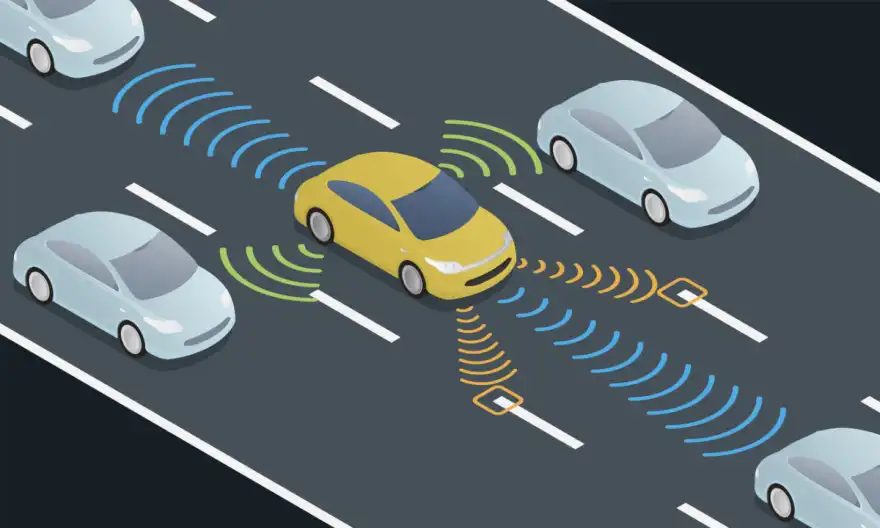
Many drivers may be familiar with the unsettling feeling of navigating a motorway lane change or manoeuvring out of a parking spot, only to realise that a potential collision was narrowly avoided due to a hidden vehicle or road user lurking in a blind spot.
According to a recent survey conducted by the AA, 44 percent of drivers express concerns about dangerous blind spots in their cars. Road safety data indicates a growing problem, with nearly 1,000 crashes in 2022 attributed to motorists citing blind spots in their vehicles as a contributing factor. Of those acknowledging a hazardous blind spot, 35 percent have experienced a collision or near miss due to restricted visibility.
Blind spots arise from factors such as obstructive windshields, door pillars, or incomplete windshield wiper coverage. In the pursuit of heightened safety standards, modern cars feature thicker door pillars, enhancing crumple zones to protect occupants during accidents but compromising visibility. Over 20 percent of surveyed drivers report struggling with blind spots while performing over-the-shoulder checks, with side pillars obstructing their view.
The consequences of blind spots can be severe, as evidenced by government statistics recording 17 fatal road collisions in 2022 where blind spots played a role. Additionally, 929 collisions causing injuries occurred, with 1.8 percent resulting in fatalities—a five-year high.
Tim Rankin, the managing director of the AA's Accident Assist, highlights the alarming trend, stating, 'Over the past five years, blind spots restricting the view of drivers have been a factor in 63 road deaths and more than 1,100 serious injuries.'
'Clearly, most drivers know where their view outside their vehicle is restricted but the threat of them failing to spot another road user remains considerable.
'Distraction, information overload in busy driving environments and just a 'bad day' may lead to a driver not being as diligent as usual in checking where they know they are partially blind.'
Weather-dependent blind spots add another layer of complexity, with 6 percent reporting windscreen blind spots during heavy rain and snow. Advanced Driver Assistance Systems (ADAS) have emerged as a crucial solution, employing cameras and sensors to detect potential collisions and issuing alerts. The blind spot assist function, monitoring the area behind and adjacent to the vehicle, actively intervenes using brakes and steering to prevent collisions.
Studies from the Insurance Institute for Highway Safety demonstrate the effectiveness of blind spot warning technology, revealing a 23 percent reduction in lane change crashes with injuries and a 14 percent lower crash involvement rate for vehicles equipped with blind-spot monitoring compared to those without.



